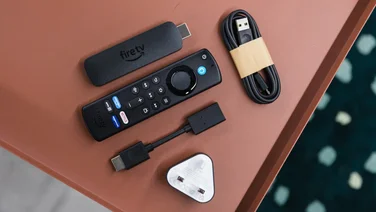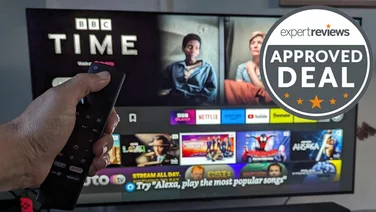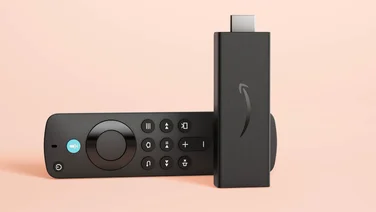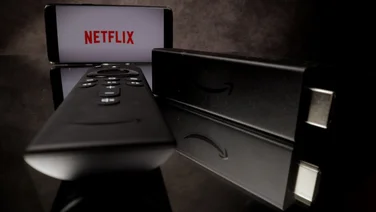To help us provide you with free impartial advice, we may earn a commission if you buy through links on our site. Learn more

We only recommend updating a PC’s firmware (the BIOS) when something isn’t working properly. It’s a very different situation with media player firmware though, as extra features are often added after release. A good example is Asus’s bizarrely named O!Play HDP-R1, which couldn’t even stream content from UPnP media servers when we first received it. Fortunately, this huge omission has now been corrected, and this review refers to the 1.17P update.
The player itself is little to get excited about, being compact and fairly inoffensive looking. As with most current media players, there are two USB ports for attaching local storage devices. One of these though also doubles as an eSATA port, so you can connect high-speed storage devices – we can’t see any great use for this but it could be handy for some users.
There’s the usual HDMI output, plus composite video, stereo phono and an optical S/PDIF. It supports HD resolution up to 1080p and there’s support for 24fps to match the frame rate of HD movie content.
An Ethernet port lets you connect the HDP-R1 to your network, so you can stream files to it. There’s no wireless networking provided, for that we’d recommend the Xtreamer (see What’s New, Shopper 262) with its free bundled adaptor. As mentioned, you can now stream files from UPnP media servers, or browse through shared folders on Windows PCs attached to your network. There’s no support for online services like YouTube or Flickr, as on the Western Digital WD TV Live.
Access to media content is though the garish main menu – with huge icons for the Music, Photo and Movie segments. Each section then makes you select between any storage devices you have attached or media streaming. For movies and photos you can view files by date created or recently played. Otherwise you have to dig down into the folder structure to find what you want. There’s no aggregation of content from various sources, such as multiple storage devices, into a simple list of all the available files.
Once you find a folder of images you want view, you can display 15 photo thumbnails at once, plus there are lots of slideshow options. You can choose to activate the ‘Ken Burns Effect’: you’ve probably seen this in TV documentaries, when the camera pans across a still image to make it more interesting. Music support is disappointing and you can only browse it by artist, genre or album, but there’s no support for playlists and no album art either.
Playback of Blu-ray quality video wasn’t a problem and all the file formats and subtitle support you’d expect are present. Fast forward and rewind are limited to 32x speed, though there’s resume play for files you’ve started watching before. Best of all is the support for menus on DVD ISO files, something that the WD TV Live lacks. The HDP-R1 even supports Blu-ray ISO files, but with these it simply plays the video tracks in order, rather than rendering the full menu systems.
It’s a very similar device to the WD TV Live, but the menu system makes it harder to quickly find what you want and veers between the garish and the functional in appearance. There’s no support for online services either, and the hardware is chunkier but no more functional. On the other hand its support of DVD menus will be a boon to some and it’s a little cheaper too, and so wins our Budget Buy award.





